ADATA enters into a new era of SSDs with their first 3D NAND SSD with the new Ultimate SU800 that we will be taking a look at today. For a company that doesn’t have their own NAND flash memory, ADATA has had numerous iterations of SSDs in the past and the SU800 continues that tradition of budget-centric, cost-efficient products. The ADATA SU800 we have today utilizes the Silicon Motion SM2258 controller and 32-layer 384Gb 3D TLC NAND from Micron. The SU800 arrives with three capacities starting from 128GB with 256GB and 512GB models also available and ultimately maxing out at 1TB which is the top-end product with prices at $55 (PHP2,699), $80 (PHP4,150), $139, and $269 respectively making them very attractively priced models.

Read on to find out more about the ADATA SU800!
Features
- High speed, new generation 3D NAND technology
- Bigger capacity, better performance, improved reliability
- High performance, up to 560MB/s read and 520MB/s write
- Intelligent and dynamic SLC Cache prevents speed drops in big file transfers. DEVSLP (device sleep) mode boosts energy efficiency and power savings
- Free ADATA SSD Toolbox and Migration Utility: easy OS and content move from HDD to SSD. ADATA quality backed by 3-year warranty
Gallery
Performance Testing
Test Setup
Processor: Intel Core i7 6700K
Motherboard: ASUS Maximus VIII Ranger
Memory: G.Skill Trident Z DDR4-3200 16GB
Storage: ADATA SU800 256GB
PSU: Seasonic Platinum P1000
We’re working in giving you a more consistent database of storage reviews but due to samples being few and far between, its hard to create a fair comparative chart. That said, we present raw performance figures for your reference and we’ll let the numbers speak for themselves.
Potential Performance
ATTO Disk Benchmark benchmarks a drive’s read and write speeds with increasing file sizes and graphs them.
Potential Write
We test potential write speed using HD Tune to write sequentially on the entire disk, graphing the results as it goes.
Crystal DiskMark
Crystal Disk Mark is storage benchmarking software was developed by “hiyohiyo” of Japan, and is available for free. Crystal Disk Mark measures sequential, and random read/write speeds of storage devices.
Real-world Test: File Transfer
We’ve taken our compression test files, a collection of images, documents and other files ranging from 1KB to 50MB amounting to 3,343 files for 3GB and a single, large 12GB file. We’re posting the raw transfer results for your reference. Test data is copied off a PCI-express SSD.
Conclusion
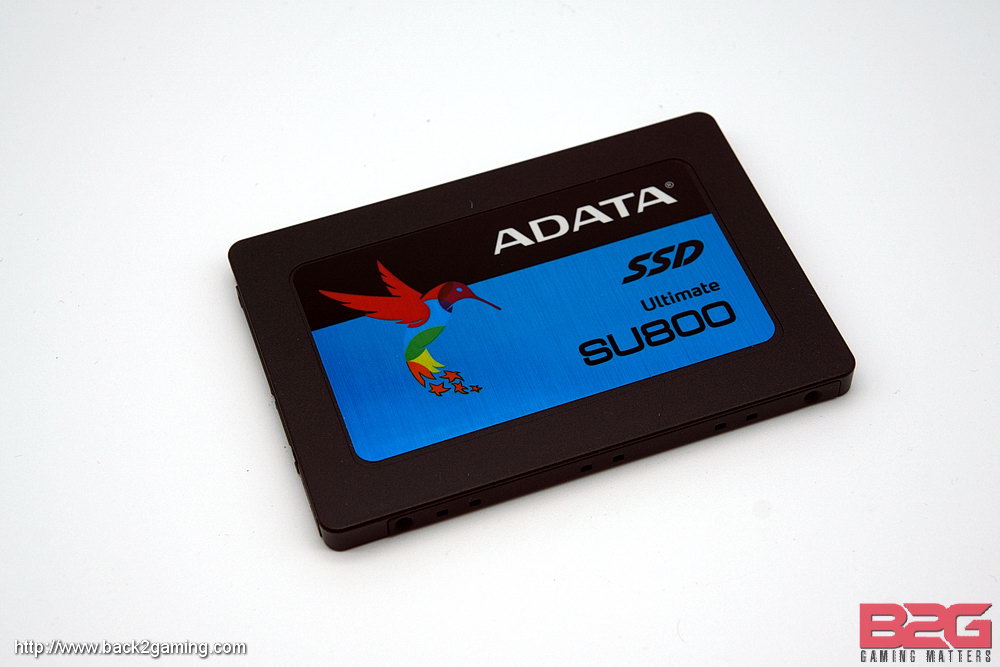
We’ve taken a look at other budget models right now featuring the same controller and competing 3D NAND for the ADATA SU800 and while performance really doesn’t stray far from each other it is ultimately availability and price that dictates which is the better choice. Crucial is available locally with their MX300 but local PH pricing on those has been higher than that of ADATA’s which clearly makes much more sense as the ADATA SU800 has seen prices for the 256GB model reach Php4k while Crucial still hovers in the higher 5k with their MX300 model. While the added capacity on the same-tier MX300 seems like an advantage, the cost-per-GB does give the advantage to the SU800, particularly in this market anyways so other regions may have different pricing.
Ultimately, the ADATA Ultimate SU800 isn’t made to compete in terms of performance but it does bring nearly maxed-out SATAIII speeds to the budget-consumer market space. There isn’t really any reason to dismiss the SSD in terms of performance as it matches most same-market products in that respect and its price does make it a great choice for an SSD upgrade particularly for those who are first-time SSD users.
Overall, the ADATA SU800 is an easy choice for budget-conscious builders looking to give their system that extra boost with an SSD. While it won’t win any performance award, it does deliver enough to deserve a value honor.
ADATA backs the Ultimate SU800 with a 3-year warranty. We give it our B2G Value Award!
WHERE TO BUY



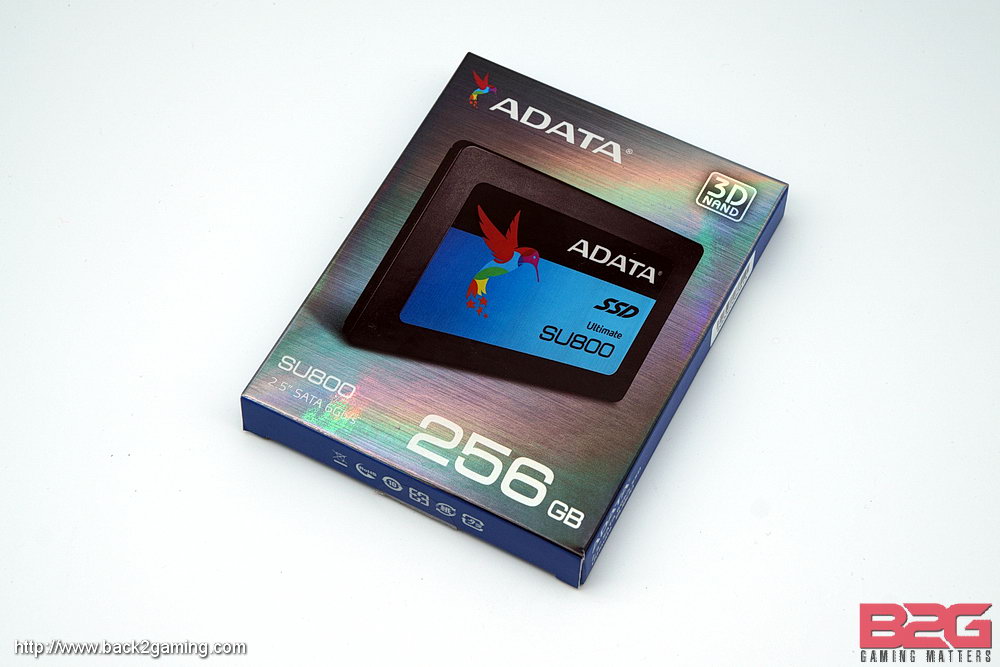
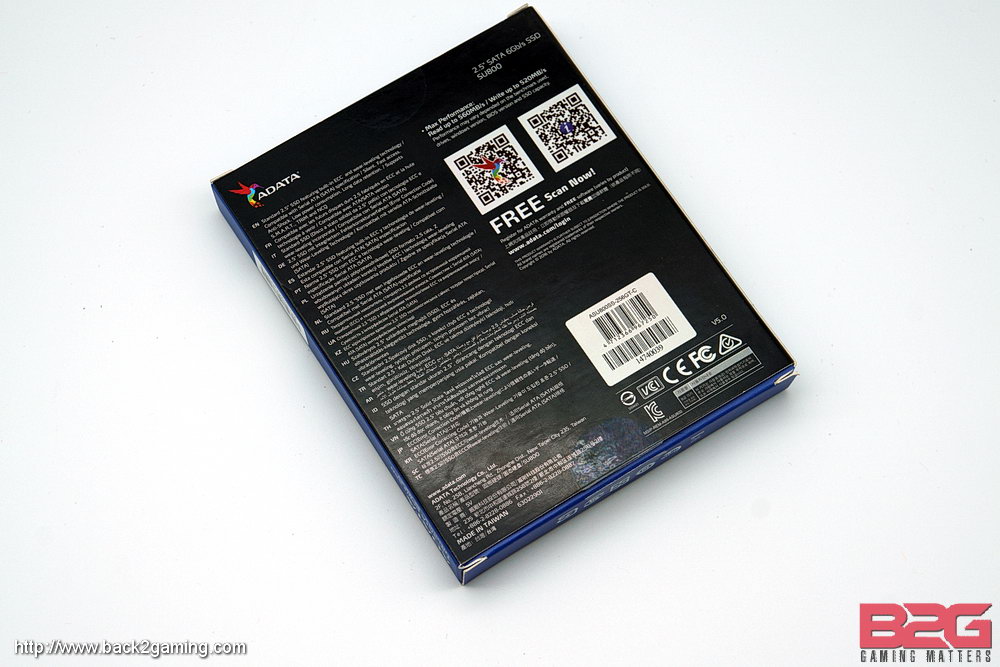
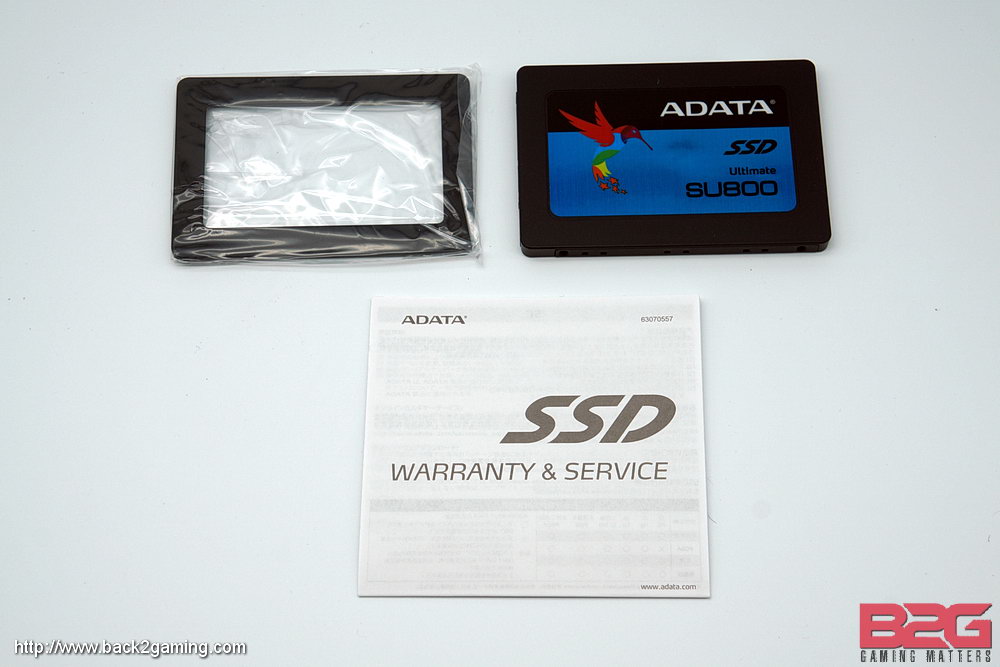

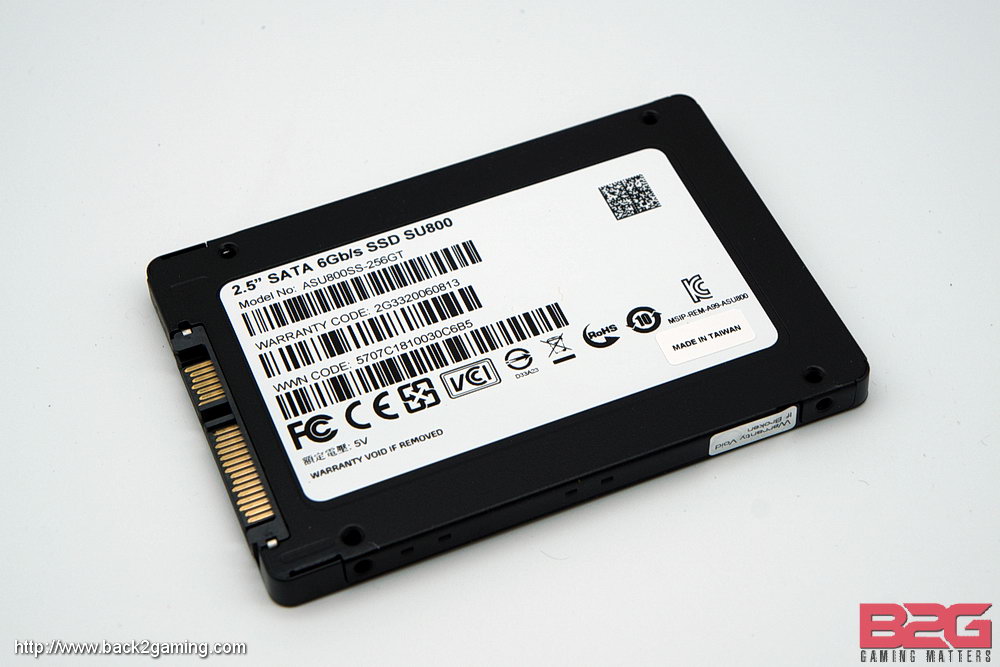
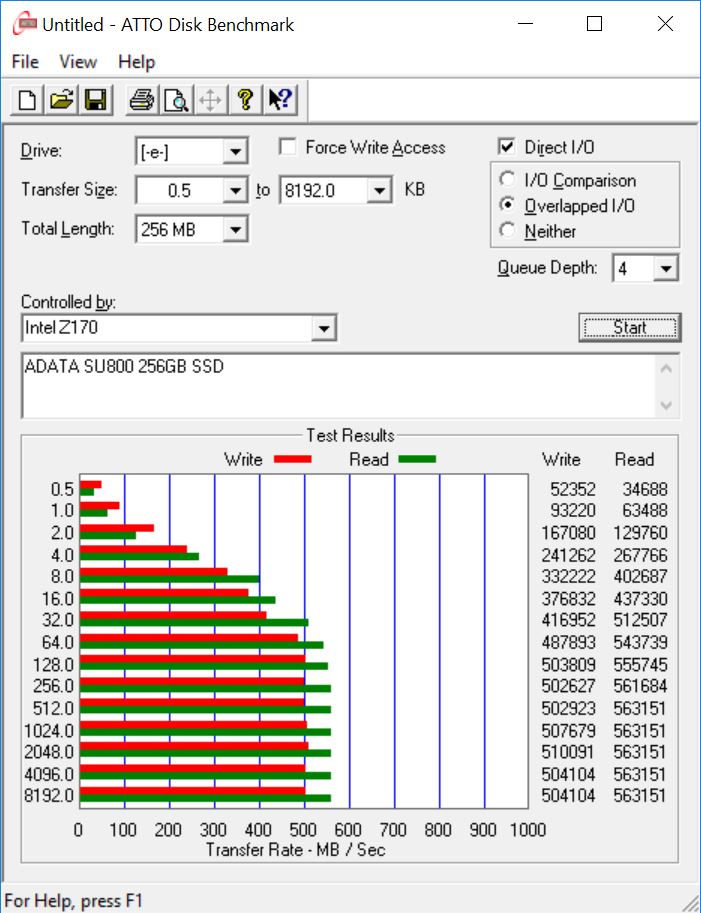
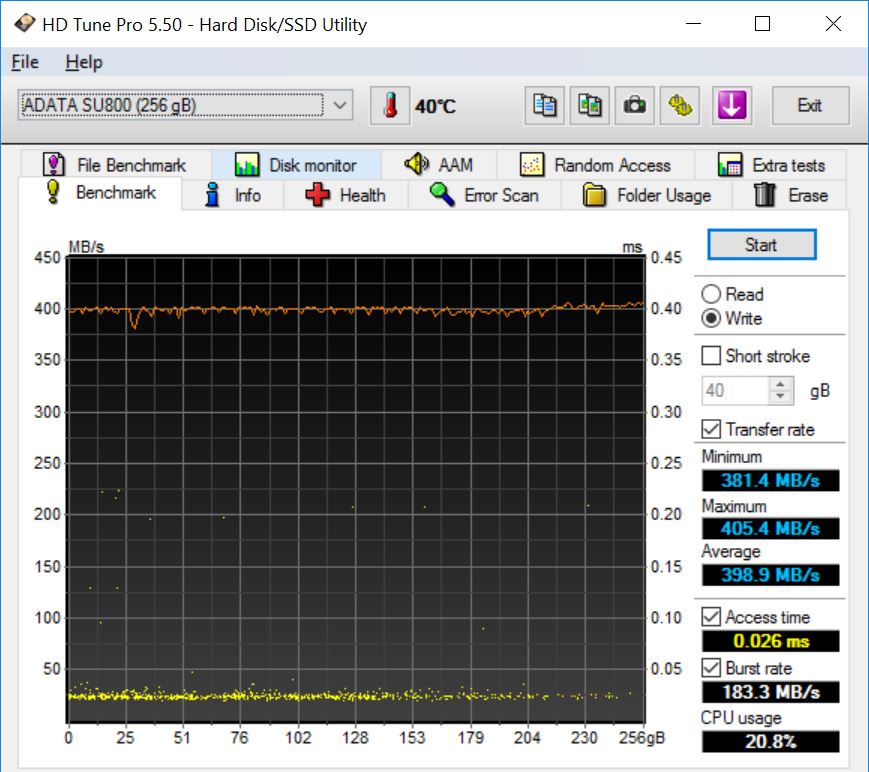


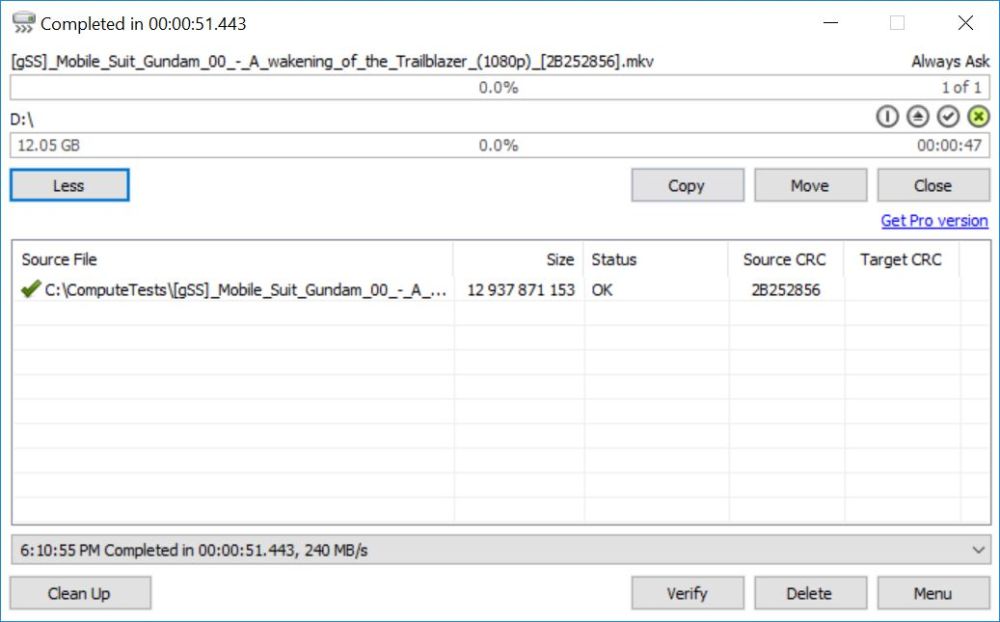

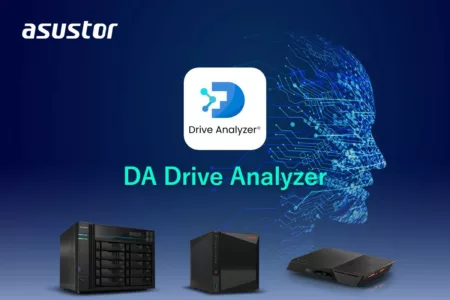

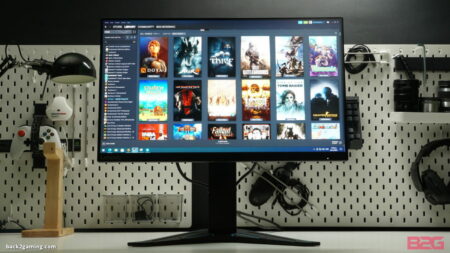
1 Comment
More info on Gaming ok? who agrees?